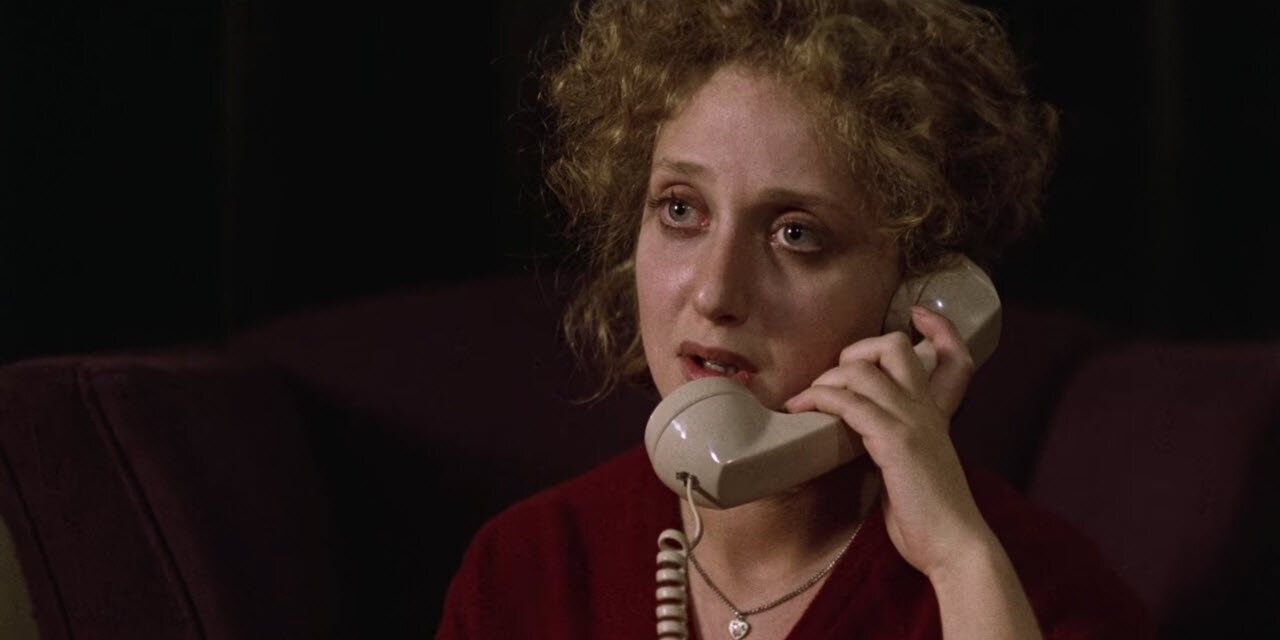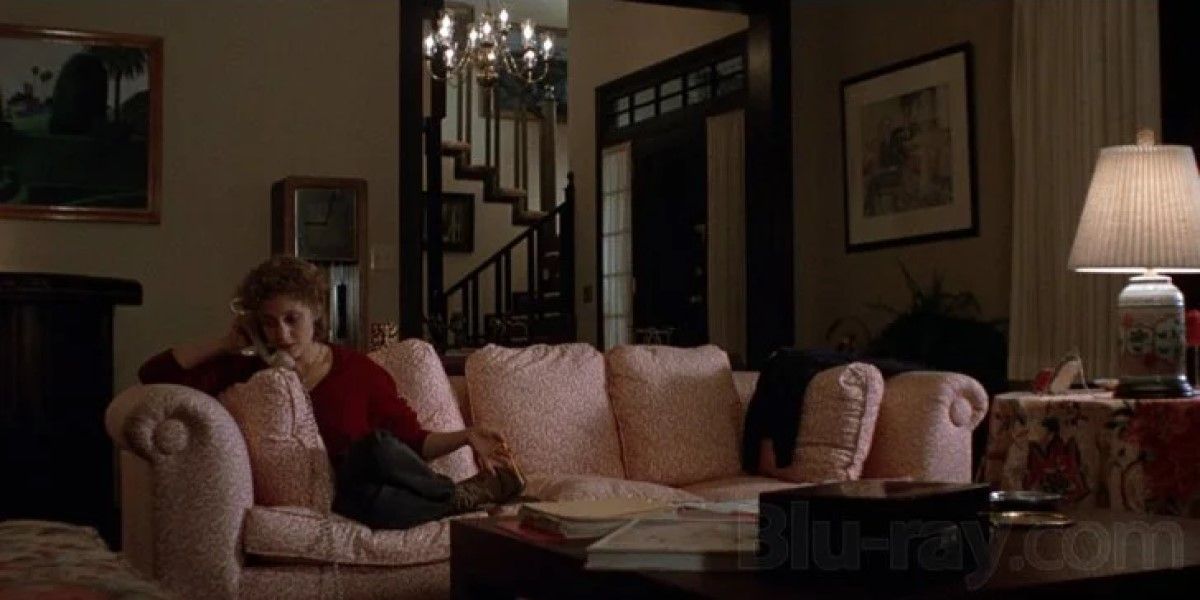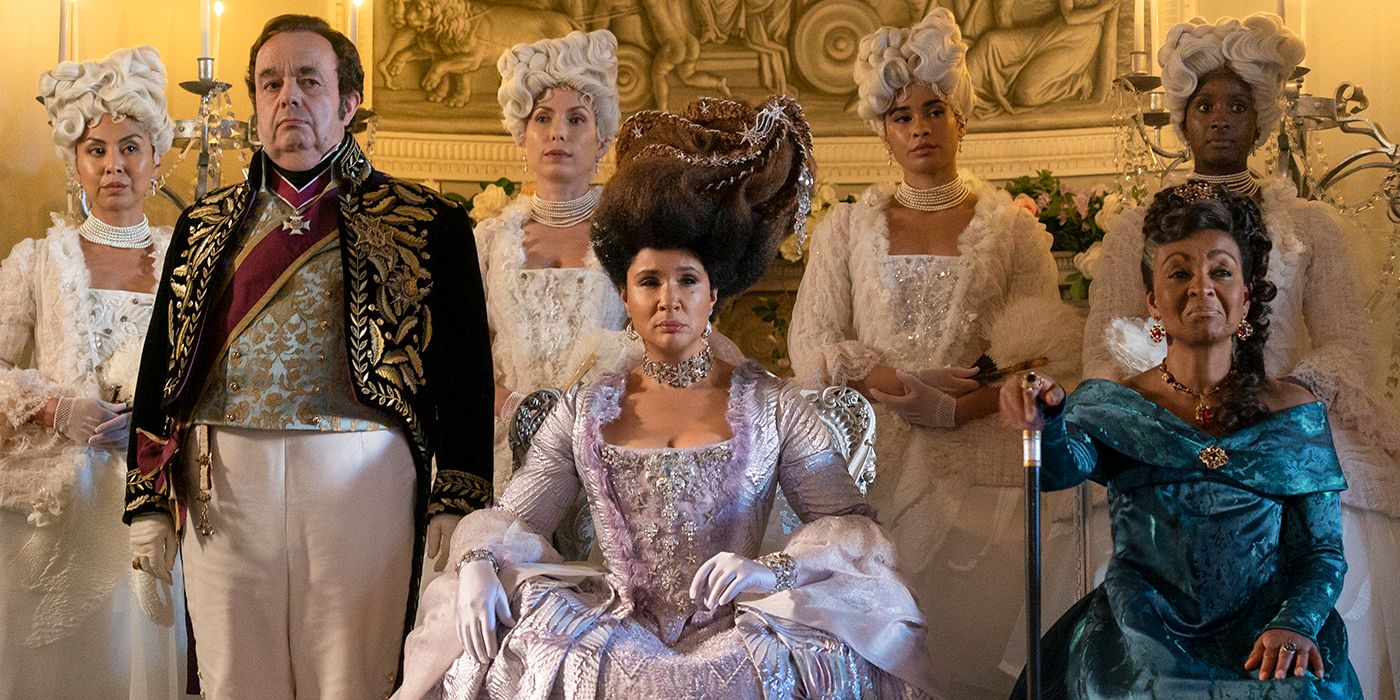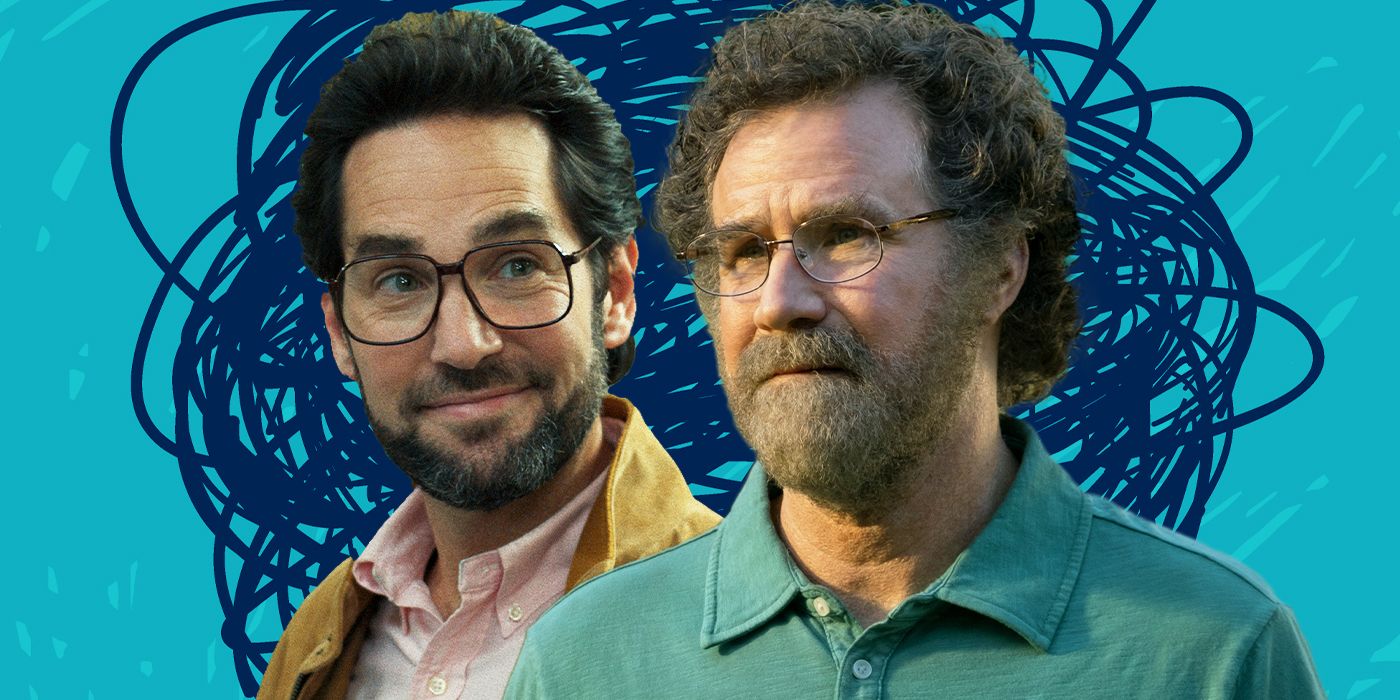The Big Picture
- Horror films need to shock the audience in order to be effective, whether it’s through surprise kills or jaw-dropping endings.
- When a Stranger Calls includes the iconic line from the urban legend “The call is coming from inside the house.” which serves as a tense shift in the film.
- Movies like Scream and When a Stranger Calls demonstrate that even when it seems like characters are safe, they can still be in danger, adding to the terrifying atmosphere.
Horror films work only if they find some way to shock the audience. If everything plays out predictably, hitting all the familiar beats, then what is there to be scared of? There are many ways to do this, from a surprise kill of a main character to keep us on our toes, such as when Marion Crane (Janet Leigh) is stabbed to death in Psycho, to a jaw-dropping ending, like Jigsaw’s (Tobin Bell) reveal at the end of Saw. The best horror doesn’t only shock through surprises, but by just how real they’ll get straight out of the box. There is no slow build, no getting to know the characters first before the inciting incident happens at the end of act one. No, these films grab us by the throat early on, fixing our attention to the screen because shit just got real.
Horror Movies That Got Dark Real Quick
There’s a plethora of scary movies where shit gets real very fast. Slashers are especially good at this, going for that opening kill. That’s expected though. What really grabs us is when that kill has a twist that turns everything on its head. John Carpenter‘s Halloween for example opens from the POV of a killer walking into a house, grabbing a knife, and slowly heading upstairs to stab a teenage girl to death. Only when that killer walks outside and his mask comes off is it revealed that the heinous act was committed by a six-year-old. If Carpenter will do that in the opening scene, what else does he have in store?
Ari Aster is a great modern example of the type of filmmaker who looks to punch us in the gut in ways we don’t see coming. 2019’s Midsommar‘s first act shows the aftermath of a violent scene, where Dani’s (Florence Pugh) troubled sister kills her parents and then herself. The images of the dead bodies, the haunting score, and Dani’s wails of grief turn the tension up as high as it can go. As good as he was here, Aster was even better in his film before that, 2018’s Hereditary. The first act is a slow burn of dread, and then young Charlie (Milly Shapiro) sticks her head out of a moving car, desperately trying to get some air while having a horrible allergic reaction that leaves her struggling to breathe. No one saw it coming when that car weaved and Charlie’s head hit a light pole, decapitating her. It’s not hard to imagine a viewer in our modern era watching Hereditary while scrolling through their phone, only to put it down and become fully invested after this scene.
Another film that does it perfectly is Wes Craven‘s Scream in 1996. Drew Barrymore was the big star and the one on the poster. She was going to be our final girl. When the killer we will come to know as Ghostface calls her late at night when she’s in her house alone, we know she’s going to have to fight, but she’ll overcome. Instead, Ghostface stabs her to death in the first 15 minutes. Now no one’s safe. Scream can literally do anything to us now and get away with it.
‘When a Stranger Calls’ Opening Phone Call Scene Is Unbelievably Tense
Scream‘s opening is reminiscent of another horror classic, 1979’s When a Stranger Calls. It too opens with a young woman home alone at night receiving prank calls. When a Stranger Calls begins with Jill Johnson (Carol Kane) arriving at a house to babysit as night falls. The parents are going out to dinner and a movie and probably won’t be home until midnight. No need to worry about the kids though, they’re already asleep upstairs. We don’t even need to know where this movie’s going exactly yet to be on edge, for as soon as the parents leave, Jill goes to the living room, where two double doors without blinds look out onto the night. Is there someone out there watching?
We’re not even five minutes into When a Stranger Calls when those calls start happening. First, Jill answers the phone and no one’s there, but then the caller rings again, and a man calmly asks, “Have you checked the children?” They hang up, only to call back with the same question. We hear something move in the house, ominous music plays, and now concerned, Jill walks through dark rooms. The movie is playing hide-and-seek with Jill and the audience. Is there someone on the other side of the window, shielded by the darkness? The caller rings again, this time more frustrated, and now asking, “Why haven’t you checked the children?”
Jill calls the police for help. She knows the guy is outside watching her even though she can’t see him. She begs for help. The police tell Jill they’ll alert the phone company. If this guy calls again, they’ll track his number. If you’ve never seen the movie before, When a Stranger Calls does a phenomenal job of leaving us in the dark. The camera never lingers anywhere. It doesn’t tell us anything, just shows the story as it plays out, letting our imagination go crazy on where the stranger could be. Is he going to break down the door? Is he going to come crashing through the window like in Scream? The not knowing is excruciating.
‘When a Stranger Calls’ Goes All Out in Its First Reveal
When a Stranger Calls lulls us into a false sense of security. Jill has locked the doors and turned off the lights so no one can see her from the outside. As long as she stays in the safety of the house, she’ll be okay. Right? She tries to keep the stranger on the line the next time he calls so he can be traced. When she asks if he can see her, he says, “Yes.” We want to scream for her to hide in a corner away from the windows. When Jill asks what he wants, he tells her, “Your blood all over me.” He then hangs up after finding out that Jill has called the police. The phone immediately rings again, but now it’s the police. Shit gets very real with what he says, a moment that’s been told so many times in urban legends, and even done before in 1974’s Black Christmas. “We’ve traced the call, it’s coming from inside the house.” He tells her to get out of the house, the police are on their way.
The sense of security is gone. Locked doors don’t matter now. The stranger could be anywhere in the house. Nowhere is safe now. The unknown is nearly dizzying. Then the valve is released as Jill looks up to the landing as a door opens above her, and the shadow of a person’s head appears. She bolts for the front door, as the shadow moves for the stairs. When a Stranger Calls then gives us one of the best jump scares when Jill gets the door open only to come face to face with a man. She screams in sheer terror. The face ends up being a police officer (Charles Durning) and Jill is rescued. Unfortunately, it’s too late for the children, who have been dead for hours.
Despite Jill making it out alive, the excruciating tension of the build-up is enough to turn anyone off babysitting. When a Stranger Calls spends 30 minutes making you believe that Jill is being watched from the outdoors. It builds and builds a nauseating tension which becomes downright terror with just the delivery of one sentence: “The call is coming from inside the house.” It’s an iconic line from horror that reminds the audience that no matter how safe you think a character is, there can always be something hovering upstairs, waiting to pounce at any minute.






